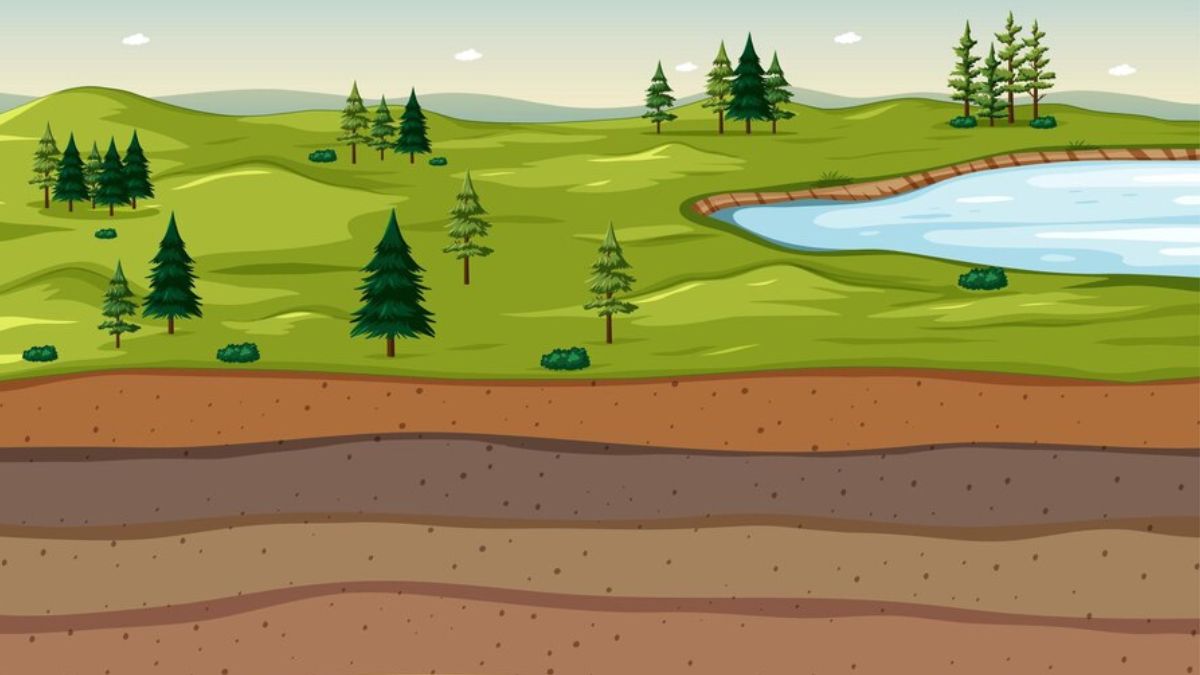Soil erosion is a critical issue that affects global food security. With the growing global population, ensuring sustainable food production is more important than ever. Learn the various aspects of soil erosion, its impact on food security, and the steps farmers can take to combat this problem.
Understanding soil erosion
What is soil erosion?
Soil erosion refers to gradually removing the topsoil layer from the Earth’s surface. This degraded soil can occur due to natural factors like wind and water, as well as human activities such as agriculture and construction.
It’s essential to comprehend how this natural process and human actions contribute to soil erosion and how soil amendments from reputable providers such as Granite Seed improve land resources.
The role of soil health
Healthy soil is vital for agricultural production as it provides essential nutrients and a suitable environment for plant growth.
Soil erosion can lead to soil degradation, negatively impacting soil fertility and quality. To maintain high crop yields and ensure food security, preserving soil resources is paramount.
The impact on food security
Food security at risk
The Food and Agriculture Organization (FAO) defines food security as the condition in which all people have access to sufficient, safe, and nutritious food to meet their dietary needs.
Soil erosion poses a significant threat to food security globally. As the global population grows, the need for food security becomes more urgent.
Crop yields
Soil erosion can result in reduced crop yields, which, in turn, affects the food supply. This decline in agricultural productivity can lead to food shortages and increased prices. The link between soil erosion and crop yields underscores the importance of addressing this issue promptly.
Causes of soil erosion
Unsustainable land management practices
One of the primary causes of soil erosion is unsustainable human activities. Farmers often use techniques that leave the soil vulnerable to erosion, such as excessive tilling or bare fields after harvesting. By adopting sustainable practices, farmers can mitigate soil erosion’s detrimental effects.
Climate change
Climate change or global warming exacerbates soil erosion by leading to more severe weather events, including intense rainfall and droughts. These weather patterns contribute to erosion and degradation.
Combating soil erosion
Sustainable land management
To tackle soil erosion and ensure food security, farmers must adopt sustainable land management practices. These practices aim to preserve soil health and reduce erosion rates.
Implementing sustainable land management is not only beneficial for food security but also for the long-term sustainability of agricultural resources.
Soil conservation techniques
Farmers can implement soil conservation techniques like terracing, contour farming, and planting cover crops. These methods help prevent soil erosion and improve soil quality. Incorporating these techniques into farming practices is essential for maintaining healthy soils.
Rebuilding soil health
Rebuilding soil health is crucial for long-term food security. Farmers can achieve this by adding organic matter, using crop rotation, and minimizing soil disturbance.
By investing in sustainable development and soil health, farmers can increase their resilience against soil erosion and enhance food production.
Last words
Soil erosion poses a significant threat to food security and agriculture, but it is a challenge that can be overcome with the right strategies. Sustainable land management, soil conservation techniques, and global initiatives are essential steps in ensuring that soil remains healthy and food production continues to meet the needs of a growing population.











